“‘Nobody respects a hot dog vendor.’
‘That is patently untrue, sir. No one respects hot dog vendors more than I. They perform one of our society’s few worthwhile services.’”
On the first page of ‘A Confederacy of Dunces’, Ignatius J. Reilly stands under the clock of the D.H. Holmes department store on Canal Street in New Orleans, his ‘supercilious blue and yellow eyes… studying the crowd of people for signs of bad taste in dress.’
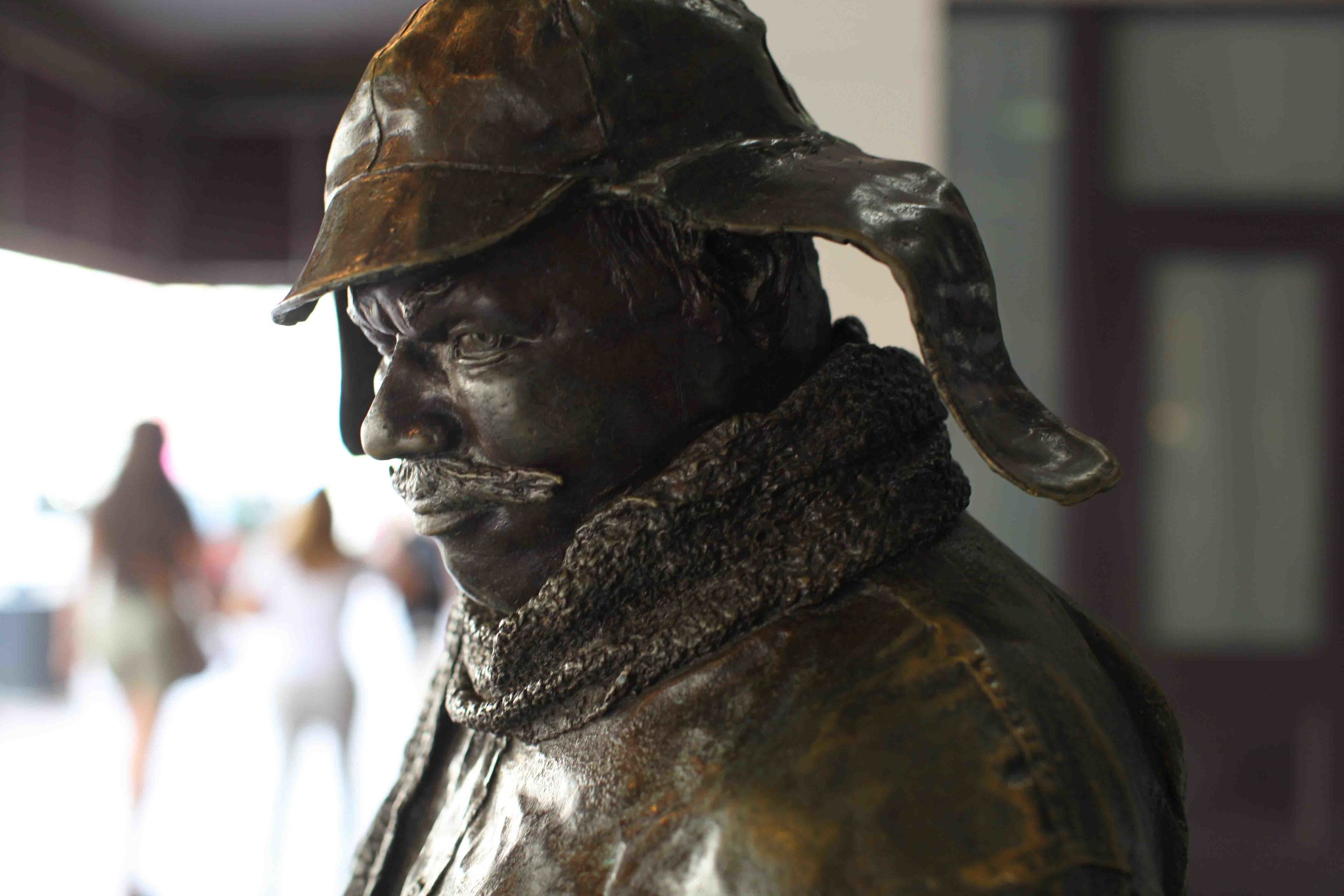
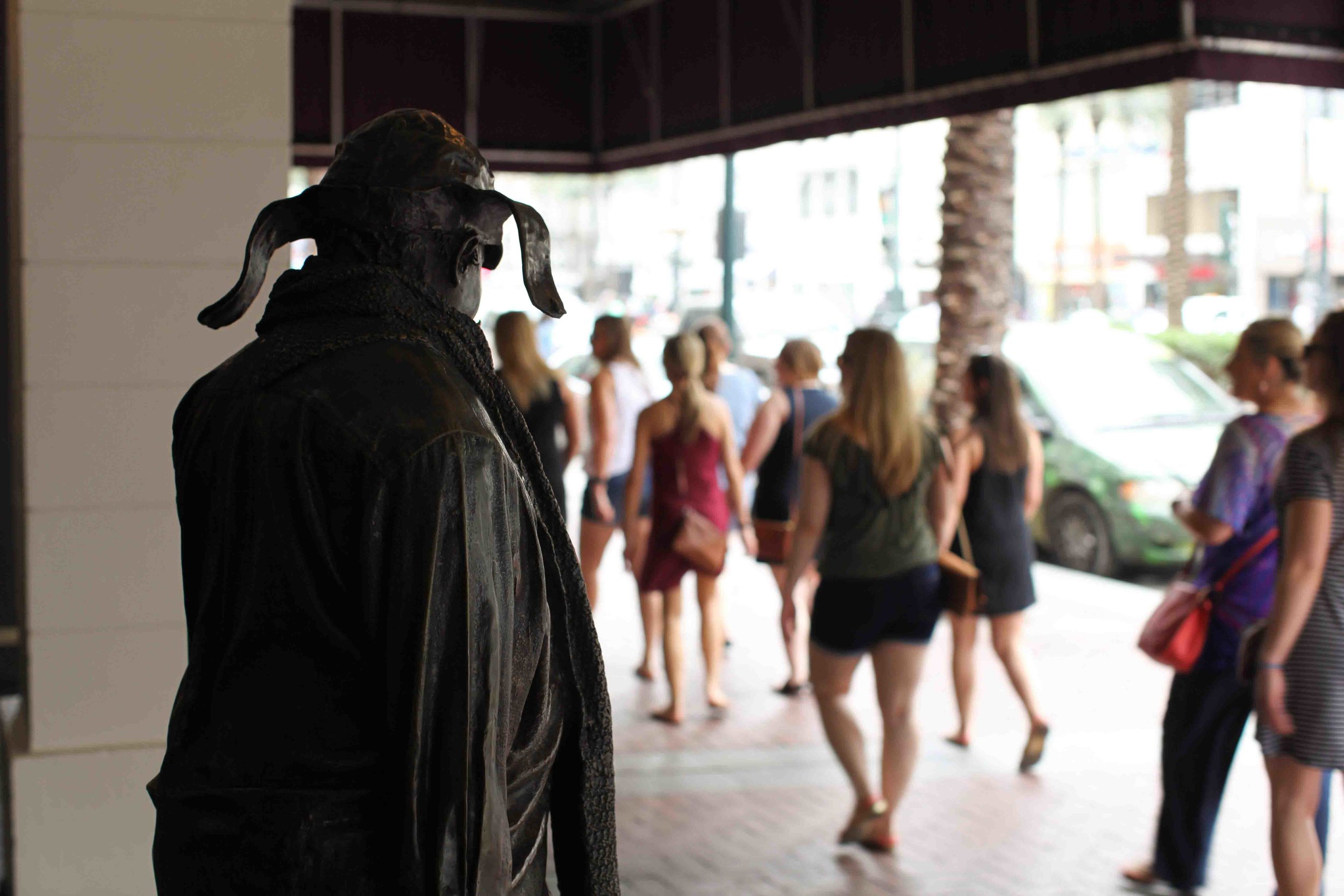
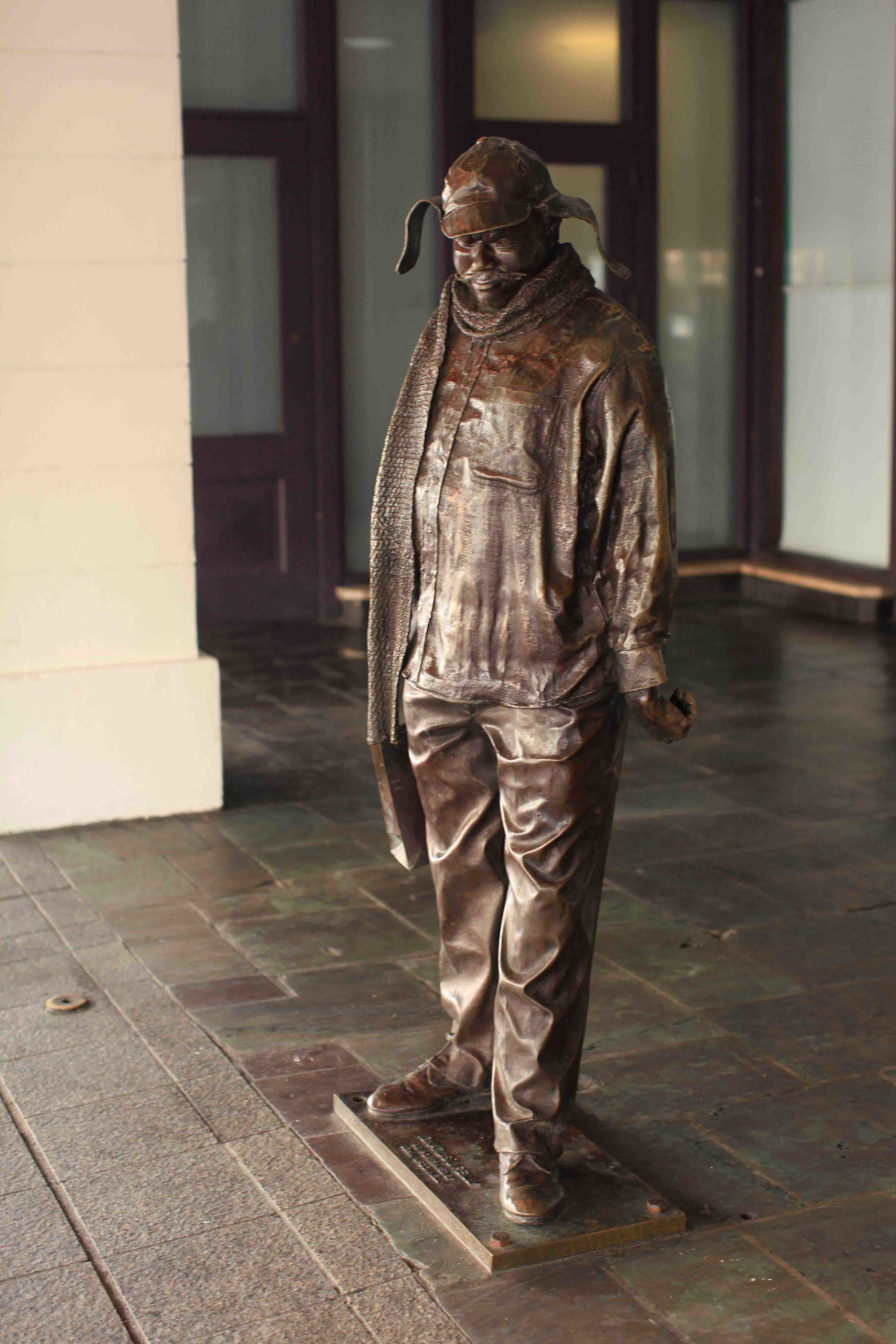
The department store is now the Hyatt, but Ignatius stands there still, immortalized in bronze, watching the passers by. He’d not be impressed with this modern stock of tourists - he’d think they lacked ‘soul’. And they, in turn might wonder why this eccentric, moustachio’d character in a deerstalker hat deserves a statue; he’s hardly the ‘city father’ type.
But New Orleans natives know why.
Walking around today with the novel in my hand, five different people stopped me to chat, saying this was their favorite book, the funniest ever written, the book that ‘nails’ new Orleans. They talked about John Kennedy Toole, the novel’s tragic author. Most of all, they talked about Ignatius, ‘lumbering, elephantine’, the memory of his outrageous antics bringing smiles to their faces.
Have you read ‘A Confederacy of Dunces?’. Seriously - read it. Suggest it for book group. Read it on holiday. Read it on public transport on your way to work, and bring a smile to people’s faces as you laugh out loud. Or - best - come to New Orleans and read it here, touring Carrollton, the Irish Channel, Canal Street, the Quarter, the Bywater - all of Ignatius’ varied haunts in this rumbustious, Rabelaisian belch of a novel.
Hearing my student bookpackers respond to Ignatius has been one of the delights of the trip. Some of the English majors were puzzled at first; they’ve been taught that characters need to ‘change’, that a great novel needs to illustrate some form of ‘transformation’. Ignatius doesn’t change. He careers from adventure to adventure, a picaresque hero tilting at the windmills of the modern world. But even the English majors got it soon enough; this wasn’t a book to be studied or deconstructed, it was a book to be enjoyed, just as this city is meant to be enjoyed: greedily, joyfully, wholeheartedly.
John Kennedy Toole wrote 'A Confederacy of Dunces' in the early 1960s, but the book failed to find a publisher in his lifetime. In 1969, he took his own life in Biloxi, Mississippi, a hundred miles east of here. I was talking yesterday to Russell, who runs Arcadian Books on Orleans Avenue in the Quarter. He described a customer of his, who lives in Gulfport, just west of Biloxi, who comes to the bookstore to buy old maps and prints. He told Russell how, aged 12, he was running with a friend in the early morning in woodland by the beach, and they found a car with a body inside. It was John Kennedy Toole, dead of carbon monoxide poisoning.
Seven years later, in 1976, John Kennedy Toole’s mother Thelma thrust the manuscript into the hands of Walker Percy (another New Orleans author we're reading on this journey). Such unsolicited manuscripts are the bane of a writer’s life, but after a few pages Percy was hooked, and the book was eventually published in 1980. It won the Pulitzer in 1981 - the first comic novel to do so.
Everywhere we walk in New Orleans, the spectre of Ignatius is with us. (Or perhaps, given his flatulence, ‘the sphincter of Ignatius is with us’.) In Pirate’s Alley by the Cathedral, he’s there with his hot-dog vending cart, his sign (“TWELVE INCHES OF PARADISE”) shocking the members of the ladies’ art guild. In the seedier parts of the Quarter, the neon of the bars and sex shops flickering, he's striding alongside us, a latter day St Anthony, spurning the temptations of the flesh…
'The balconies of the old buildings hung over my head like dark branches in an allegorical forest of evil. Symbolically, a Desire bus hurtled past me.'
It’s hard to walk down Bourbon Street without thinking of the “Night of Joy” and its cast of quirky characters: Lana Lee, the kick-ass proprietress who counts the take muttering smoky incantations like a voodoo priestess; ever-hopeful Darlene, an exotic dancer who performs as “Harlett O’Hara, the Virgin-ny Belle”; and Jones the janitor, wearing his shades even when sweeping indoors, with his indignant call of “Ooo-wee!” and his constant revolutionary bitching - “Whoa! If I gonna be a doorman, I gonna be the mos sabotagin doorman ever guarded a plantation!”. (This is dangerously modern comedy. One of my students compared it to Louis C.K., and that seems to me spot on. Toole says the outrageous in a way that is so contemporary and knowing, and we’re all somehow in on the joke. The fact he could write like this in the early 60s - a white man in the segregated South - seems little short of miraculous).







I've just got back from Bourbon Street, taking snaps of tourists sipping daiquiris. It was still only early evening but already a few people were tottering unsteadily. Bourbon Street is New Orleans' party street, a mini-Vegas, and people come here determined to have fun. They line the balconies, clutching drinks and Mardi Gras beads, watching the street drummers who pound out rhythms with little of the joy shared by buskers elsewhere in the city. It all feels very transactional. The Lana Lees, Darlenes and Joneses are still here, standing in doorways, enticing punters into the bars and strip-joints. I talked with a stripper called Champagne (yes, really) who was handing out business cards in the street. She was wearing just a thong and a little lace Mardi Gras mask. Her body was worn, but she smiled gamely.
This is Ignatius’ New Orleans - exotic, licentious, transgressive. It has been this way since the Creole days, when Americans came to New Orleans for a taste of the other, shocked but excited at the sight of Creole women wearing rouge and the Creoles’ lax attitudes to sex across the color bar. A hundred years later, Storyville was in its heyday, a grid of streets at the corner of Rampart and Canal where prostitution was permitted. Daring young men and women came to Storyville to play the tables in the velvet-draped salons where jazz and ragtime played, and sailors came to enjoy the services of mulatto girls whose talents were advertised in the notorious ‘blue books’. Storyville was closed down during the First World War, and a rather drab housing project now stands on the site. But in the bohemian years of the Quarter the nightclubs re-emerged, coalescing around Bourbon Street. In 1945 Truman Capote wrote his early short stories across from a nightclub called the Gunga Den, where the drag queens, he recalled, were “generous and funny and clever”.
What makes ‘A Confederacy of Dunces’ such a hoot, of course, is Ignatius’ attitudes to all this. He drifts through this demi-monde appalled and excited in equal measure, composing bon mots about the decline of chivalry and order (‘theology and geometry’ are his maxims), whilst taking secret, libidinous delight in the racy world around him. Like any good Southerner, he’s contemptuous of Yankees - and yet there’s something of the Puritan about him, lusting after Hester Prynne whilst pinning that shameful scarlet letter on her breast.
We drove uptown to complete our tour of Ignatius’ haunts, following the route taken by Patrolman Mancuso on his baby blue scooter along St Charles Avenue and left down Constantinople. As you drive south to the river the plush houses of the Garden District give way to shotguns, distinctive Gulf-style dwellings that originated in Haiti, one room across, with roofs running perpendicular to the street. This is the ‘Irish Channel’, once a slum populated by immigrant communities of dockers and stevedores, and it’s here, we’re told, that Ignatius lives with his long suffering mother, Mrs Reilly.
‘The address that Patrolman Mancuso was looking for was the tiniest structure on the block, aside from the carports, a Lilliput of the eighties. ... The tiny yard was completely bare. There were no shrubs. There was no grass. And no birds sang.’
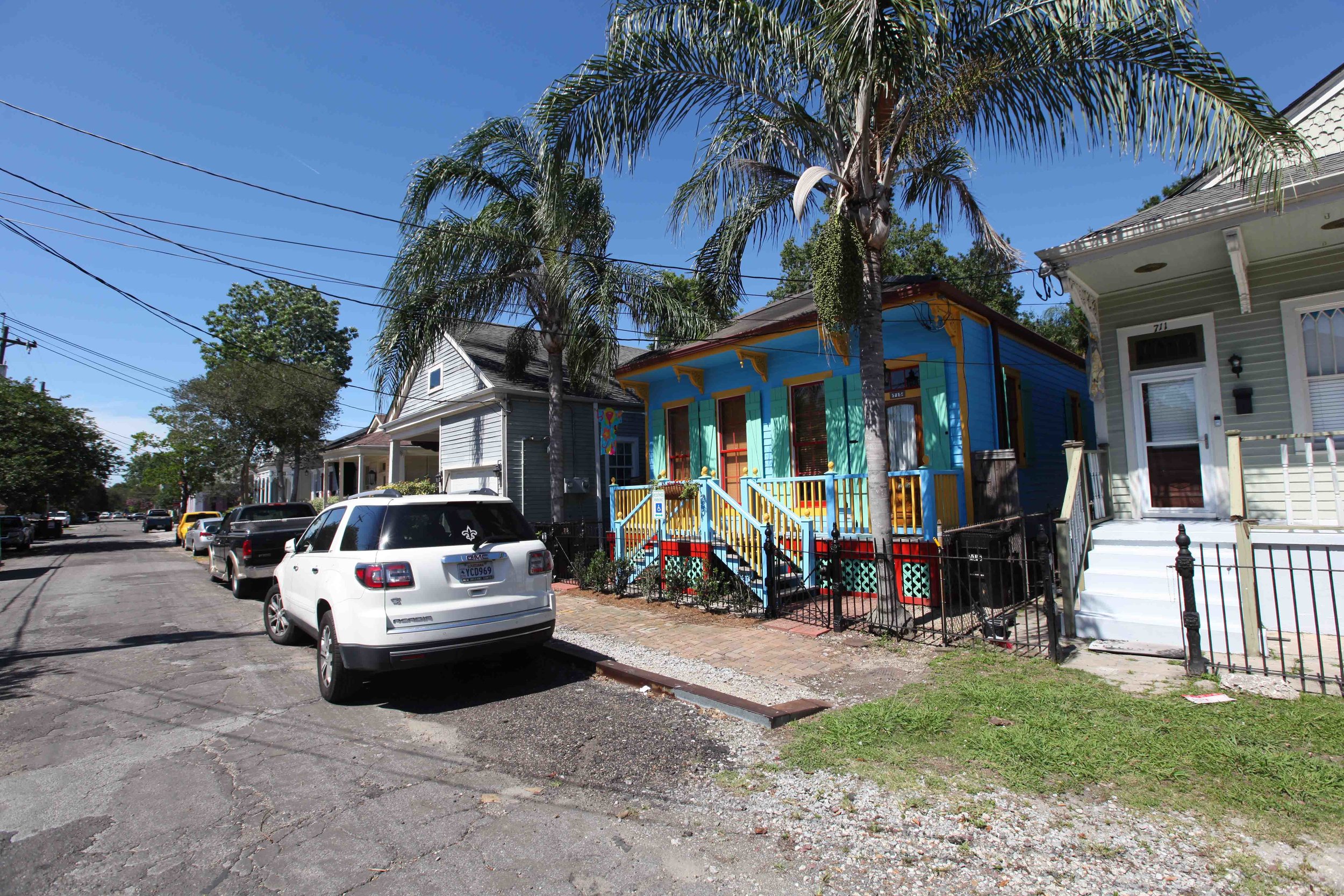

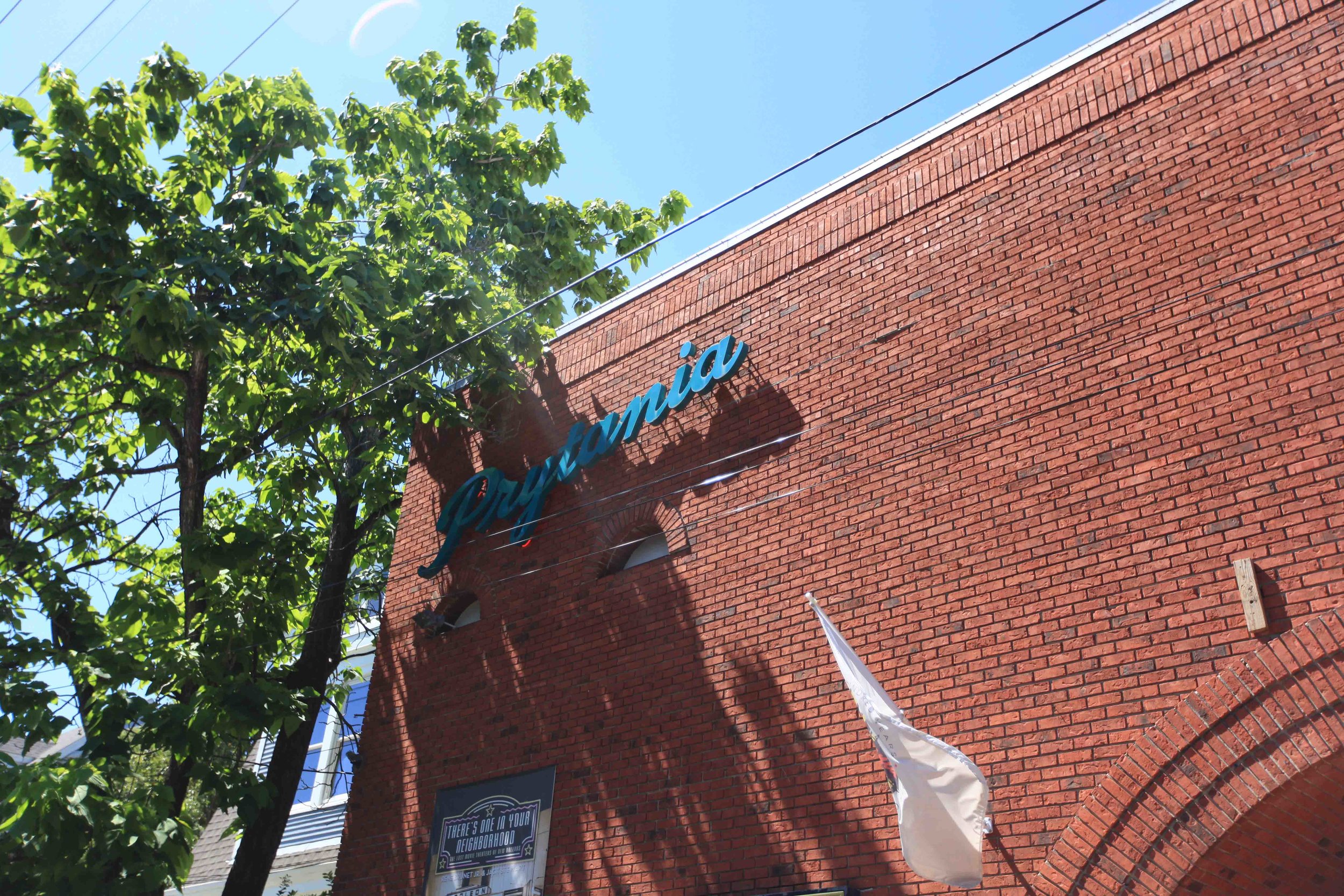
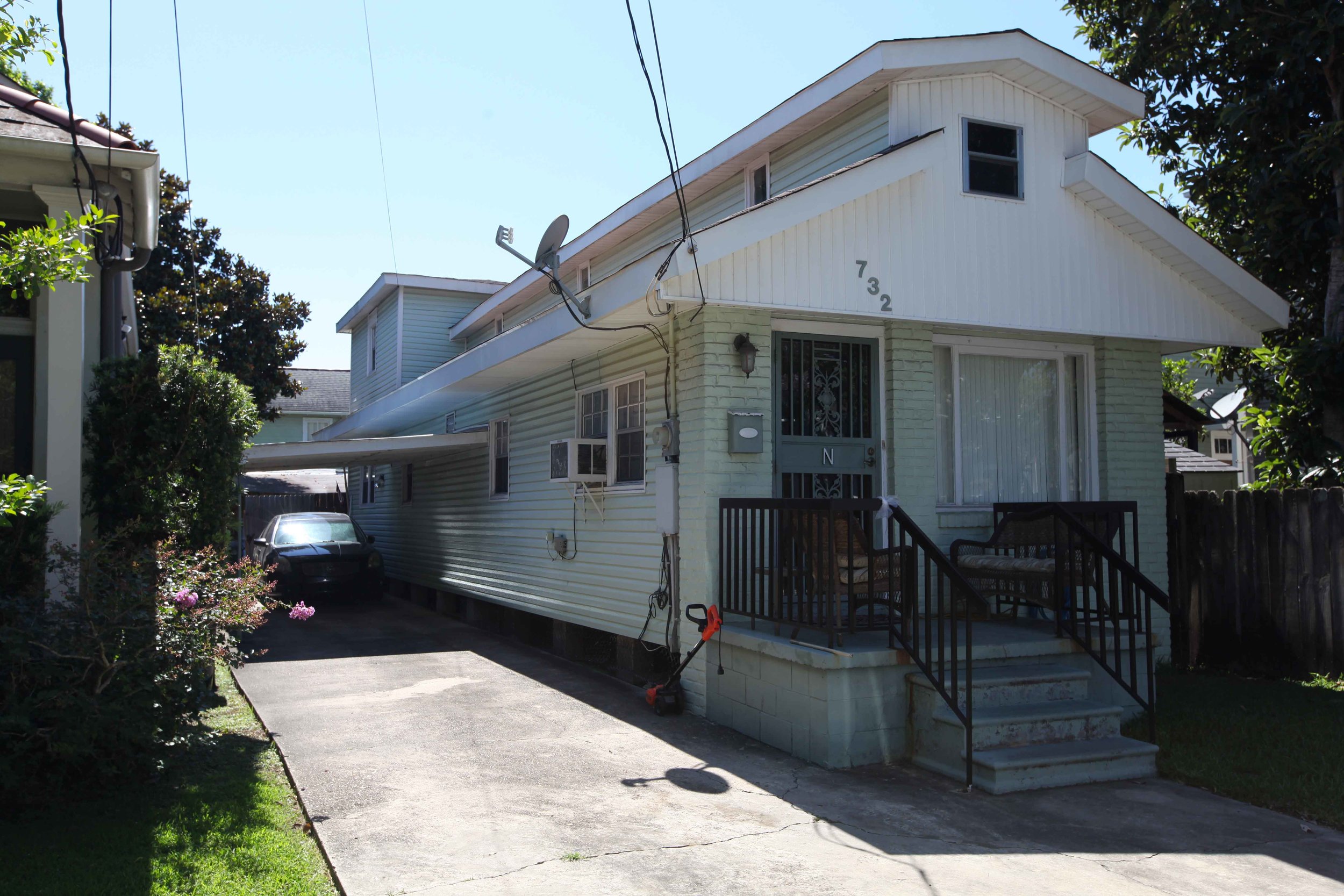
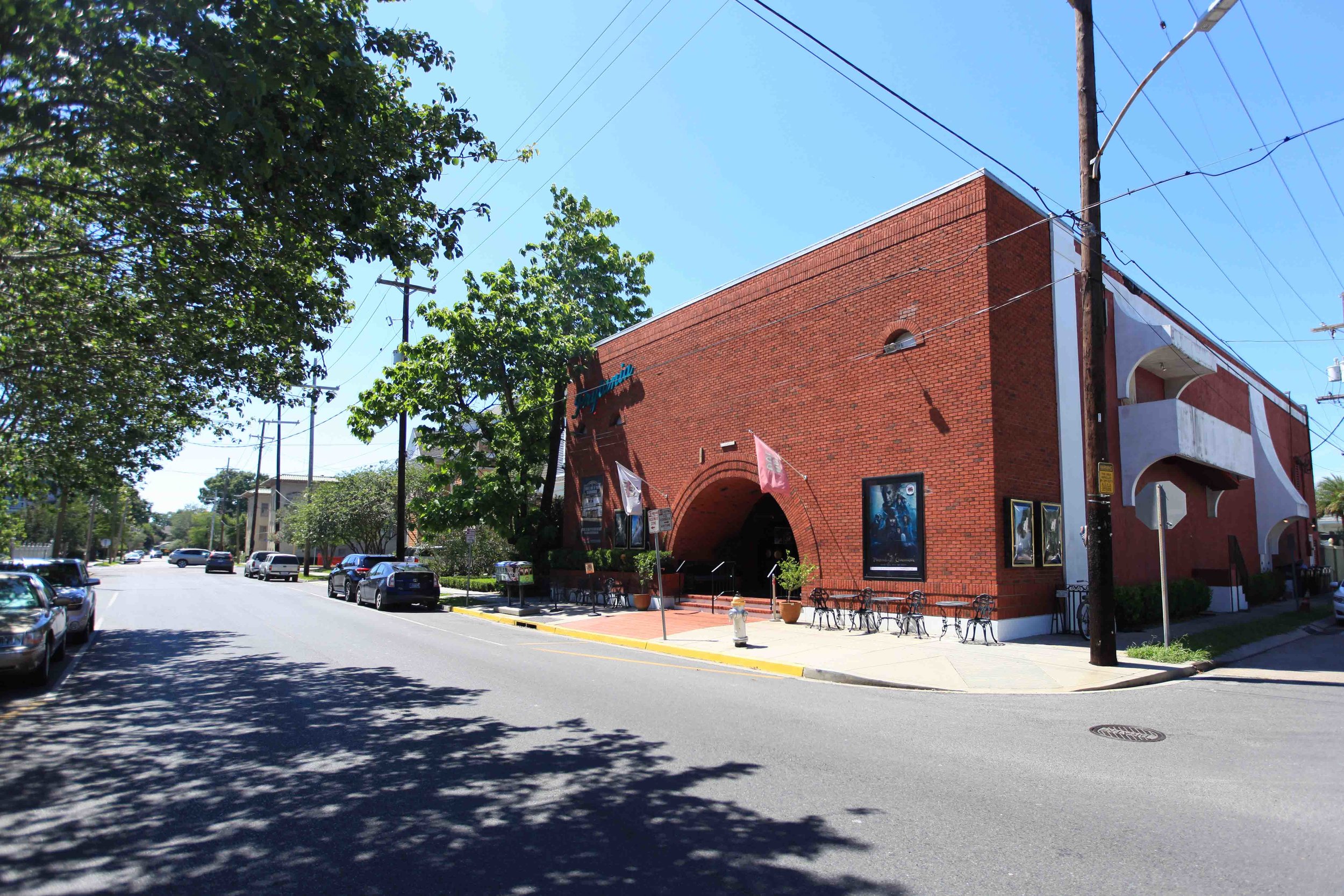
I took some photos of shotguns here, imagining Ignatius inside, slobbish, in bed, living his “Proustian” existence, writing in his notebooks and scratching his groin. (Asked what he does for a living, he replies: “I dust a bit. In addition, I am at the moment writing a lengthy indictment against our century. When my brain begins to reel from my literary labors, I make an occasional cheese dip.”)
We drove around the corner to the Prytania Cinema and pictured Ignatius spread out over three seats, with his overcoat and Milky Ways and three bags of popcorn, watching the trailers for salacious teen movies - all of which, of course, he resolves to see, it being his burden to catalogue the decline of contemporary morality.
And further uptown in Carrollton, we found the house where John Kennedy Toole lived in the years of his decline. It’s close to Dominican College, a Catholic women’s college where Toole taught in the late ‘60s, increasingly paranoid and bizarre in his behaviour, coming out with Ignatius-style pronouncements that disconcerted the students in his charge.
It was here in this house that he had a last blazing row with his mother, after which he went off the grid for 63 days. He visited California, apparently - the usual westward journey of a lost American soul. He visited Hearst Castle, William Randolph Hearst’s fantasy slice of Spanish Baroque, the model for ‘Xanadu’ in Citizen Kane, and a perfect metaphor for the insubstantial fakery of the Californian Dream. From there, Toole drove back east to Georgia, where he’s said to have visited the home of Flannery O’Connor, brilliant writer of short stories laced with Catholic guilt. (Honestly - the story of Toole’s last days drips with literary allusion, and is a feast for the cod-psychologist).
And from there, to that fateful woody beach in Biloxi.
It was a terrible loss. There’s a theory that perhaps the ending of the book (Ignatius with his “musky minx” Myrna Minkoff, escaping to New York) sowed the seeds for a possible sequel. Ignatius in New York - now that I’d love to read.
What remains, simply, is the book - ‘A Confederacy of Dunces’ - a wild, funny adventure that bursts with the contemporary flavour of New Orleans: riotous, colourful, polyglot, eccentric, licentious - and the one must-read book if you’ve time on your hands in this most extraordinary of cities.



